天守 (tenshu) is the Japanese word for a castle tower. There are only 12 original tenshu left in Japan. I visited them all over a couple of years and made some simple videos. You can find a map of the 12 and a little more information on this page.
This tenshu is personally important – it was the first one I visited after I’d decided I’d try and see all 12 before I left Japan. The first time I was here was in December, 2018. I got here on the Sunrise Izumo – my first time on an overnight train. It would also be on the train out of town that I decided I was going to try and get the 52 Fujis finished once and for all.
(This trip was also pretty much the beginning of the end of a decade of good health. I’d end up spending another 6 weeks in hospital thanks to Doctor Doofus, but it’s all good now, so mustn’t grumble.)
Anyway, a combination of some of the above factors meant that I wasn’t totally on point during the first visit, so I made a detour during a Fuji trip to go back and do it all over again, taking better video the second time around.
I’m glad I did. Matsue has a great atmosphere; a lakeside town with canals, an old merchant district & some really interesting history. It was home to Lafcadio Hearn / Koizumi Yakumo & there’s a brilliant museum to his life not far from the castle. You can also visit his former residence but it’s not particularly fascinating: you can see his desk. He had a nice pair of gardens though.

The castle itself was built over 5 years & completed in 1611, under the direction of Horio Yoshiharu, a statue of whom stands outside the main entrance to the castle, pointing up at the keep with his sword outstretched.
(If you want a laugh, there’s an unusually acerbic review of the statue on TripAdvisor.)
It’s another hirayama castle, and is therefore more than a little reminiscent of Matsumoto Castle, at least in terms of location and possibly colour choices – Matsue is sometimes known as the ‘black castle’. But they are very visually different castles. The way the various roofs on Matsue curve have earned it another nickname – ‘chidori’ or ‘plover’ – because they look like the wings of that bird. The gables definitely feel distinctive but, for me, the main takeaway is that Matsue feels squatter. A little sturdy beefcake on a slight hill.

The other thing that I noticed was the landscaping. Older photos of Matsue Castle have little hedgerows & shrubs on the path to the entrance. These aren’t there any more, although I forgot to ask someone why… on both my visits. Duh.
Once inside the castle, there’s a very deep well, and some mildly interesting exhibits. The view from the top is worth the climb even on a cloudy day.
Once you’re done with your castling, there’s an inari shrine round the back that according to a sign, Lafcadio loved.
Alternatively, if inari’s not your jam, you can just go to Matsue shrine & then onto the tearooms next door, Kounkaku, which were specially built for a visit by the Emperor at the turn of the century.

(I think they could have gotten somewhere with a better view of the castle, but maybe he wasn’t that into old buildings.)
Across from the castle, there’s the Shimane Citizen’s Cultural Centre, and the City Hall, both of which have a whole different kind of architectural appeal. I liked the angles on the former but can’t really find much to say about the latter that doesn’t end with a yawn or a frown.

The Shimane Art Museum is apparently worth the trip though, at least in terms of architecture. Never been myself, but you can see it from the top of the castle to the south, on the lakeside.
Guess it’ll be on my list for the next time I end up in Shimane.
More images in the gallery below:
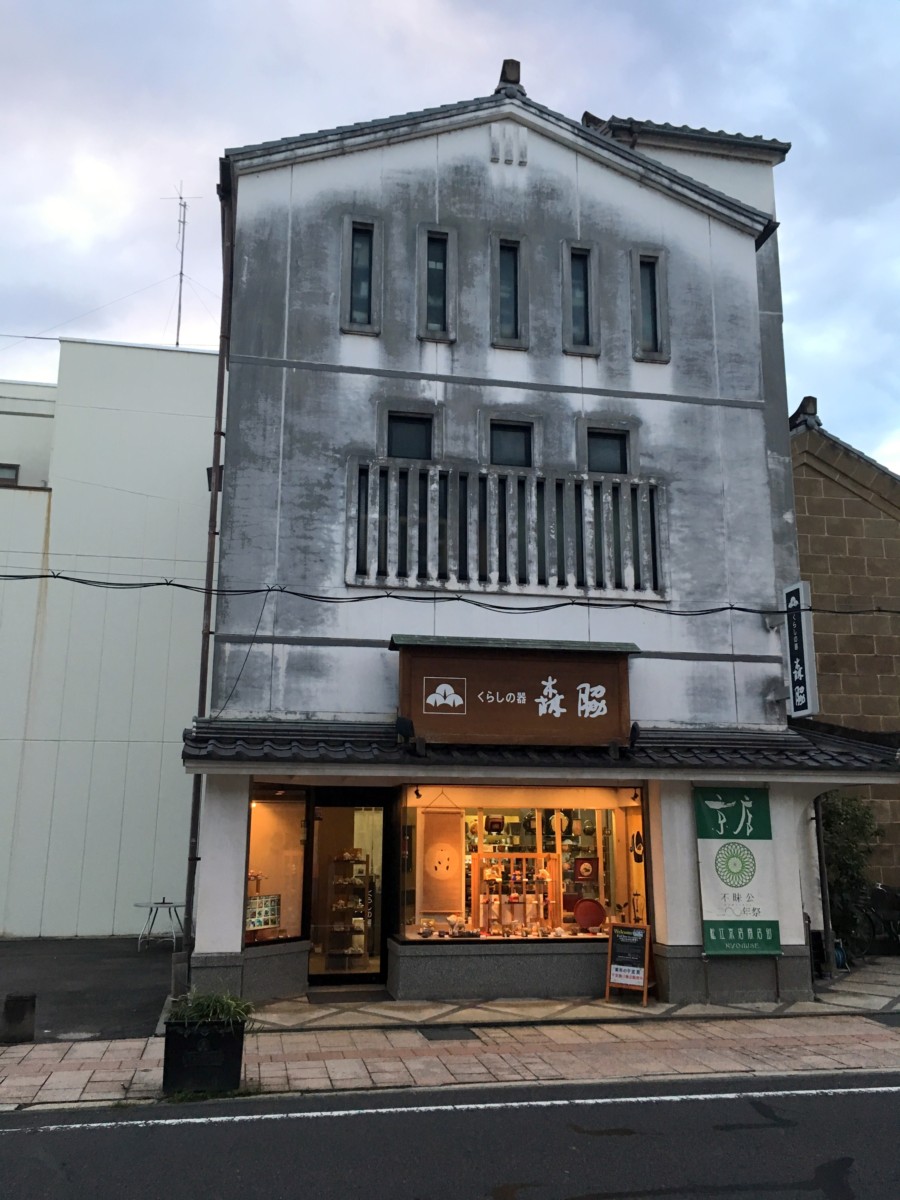


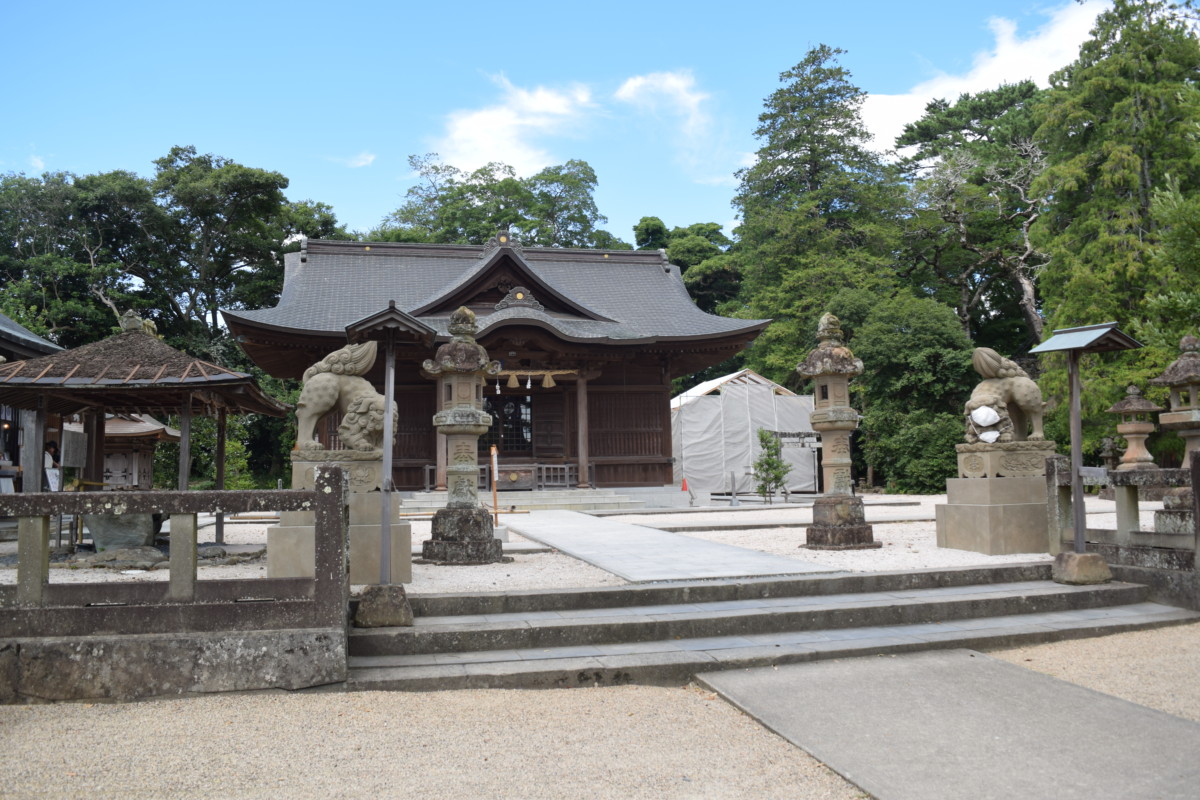
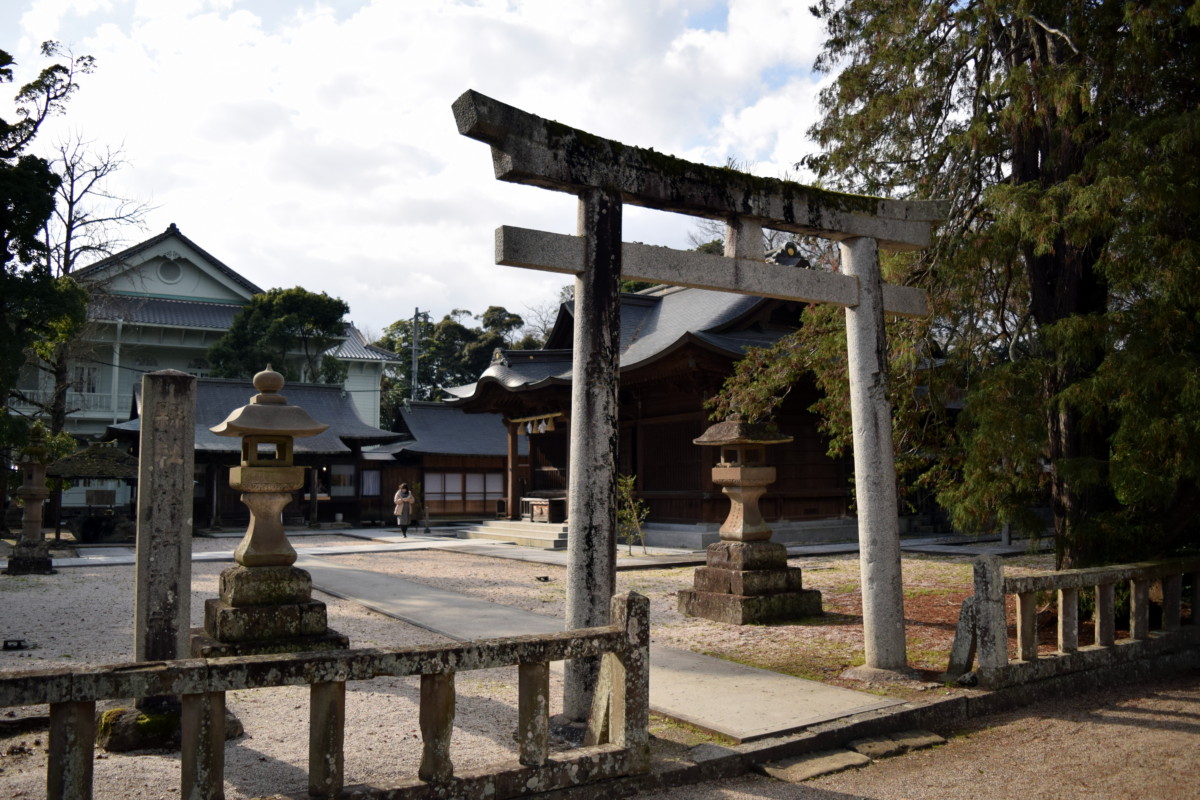
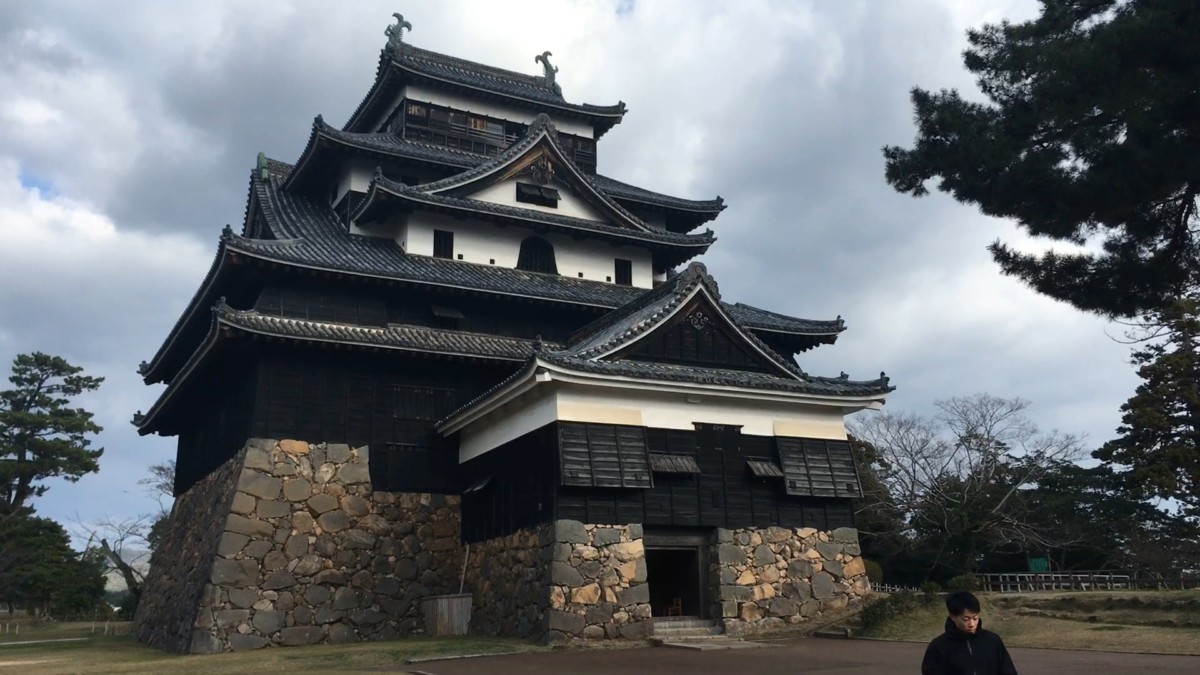



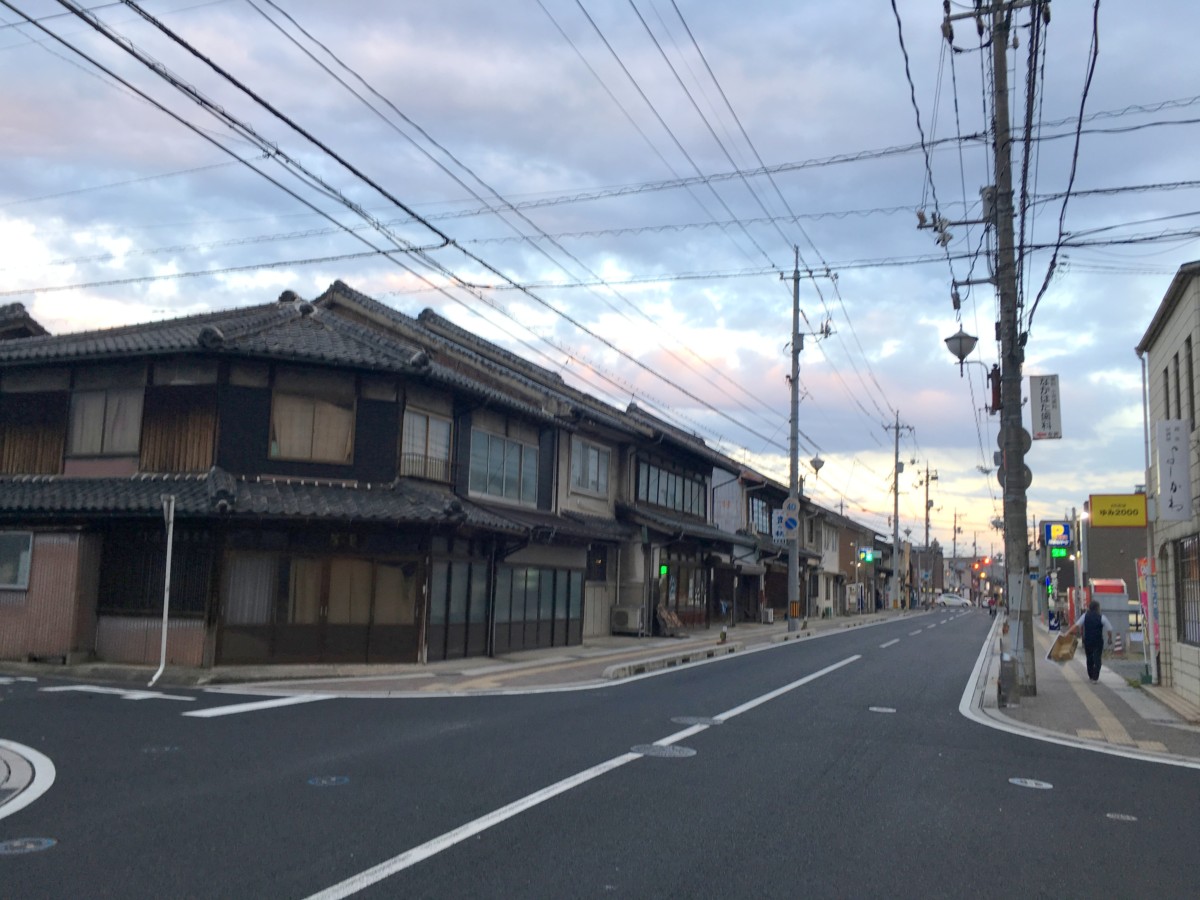


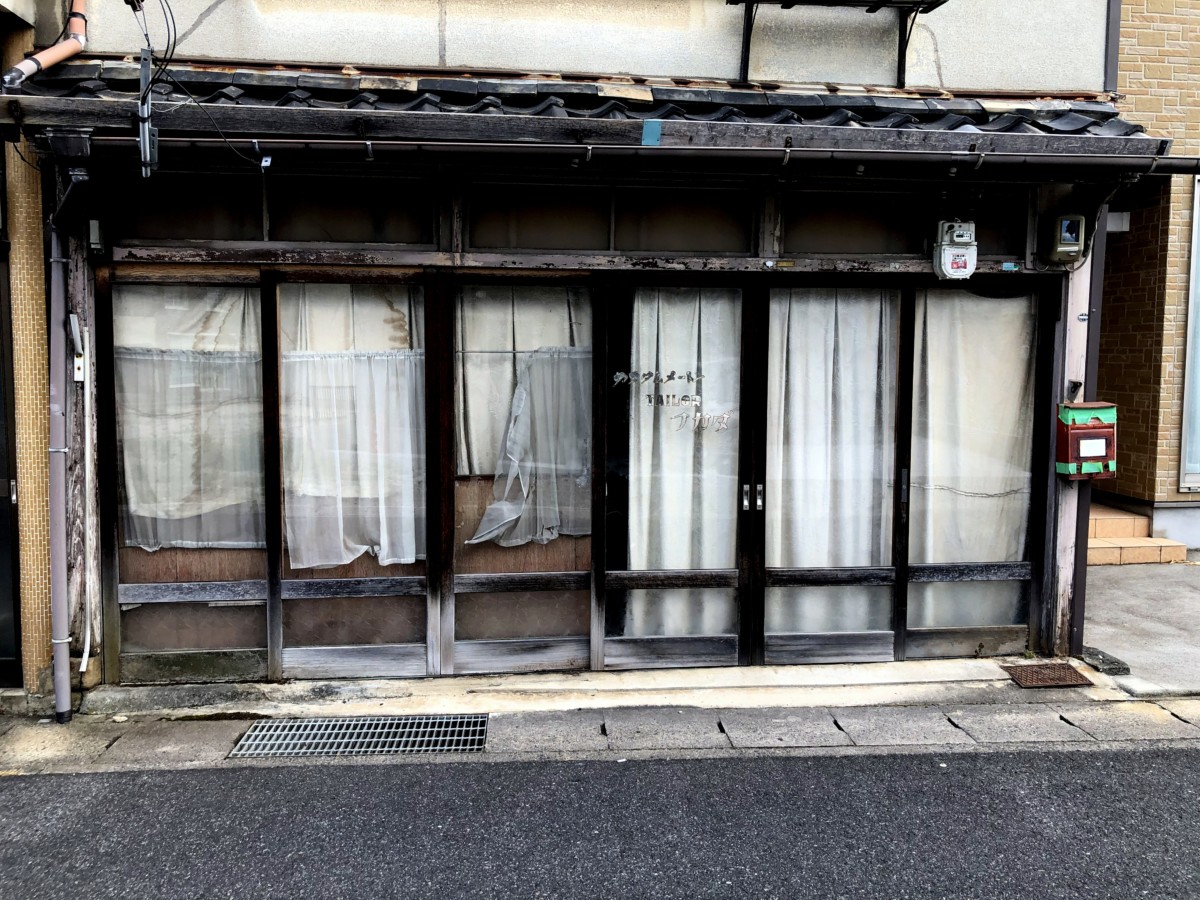

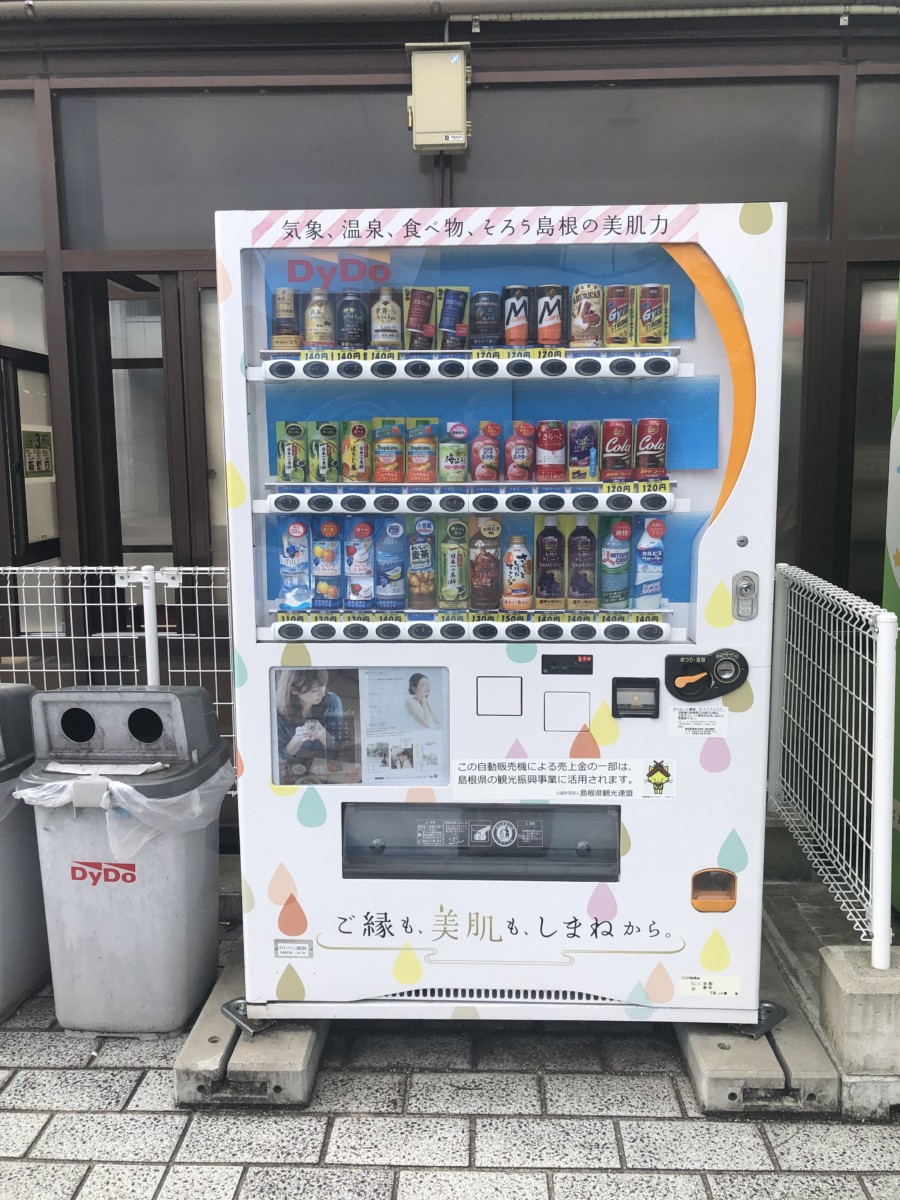
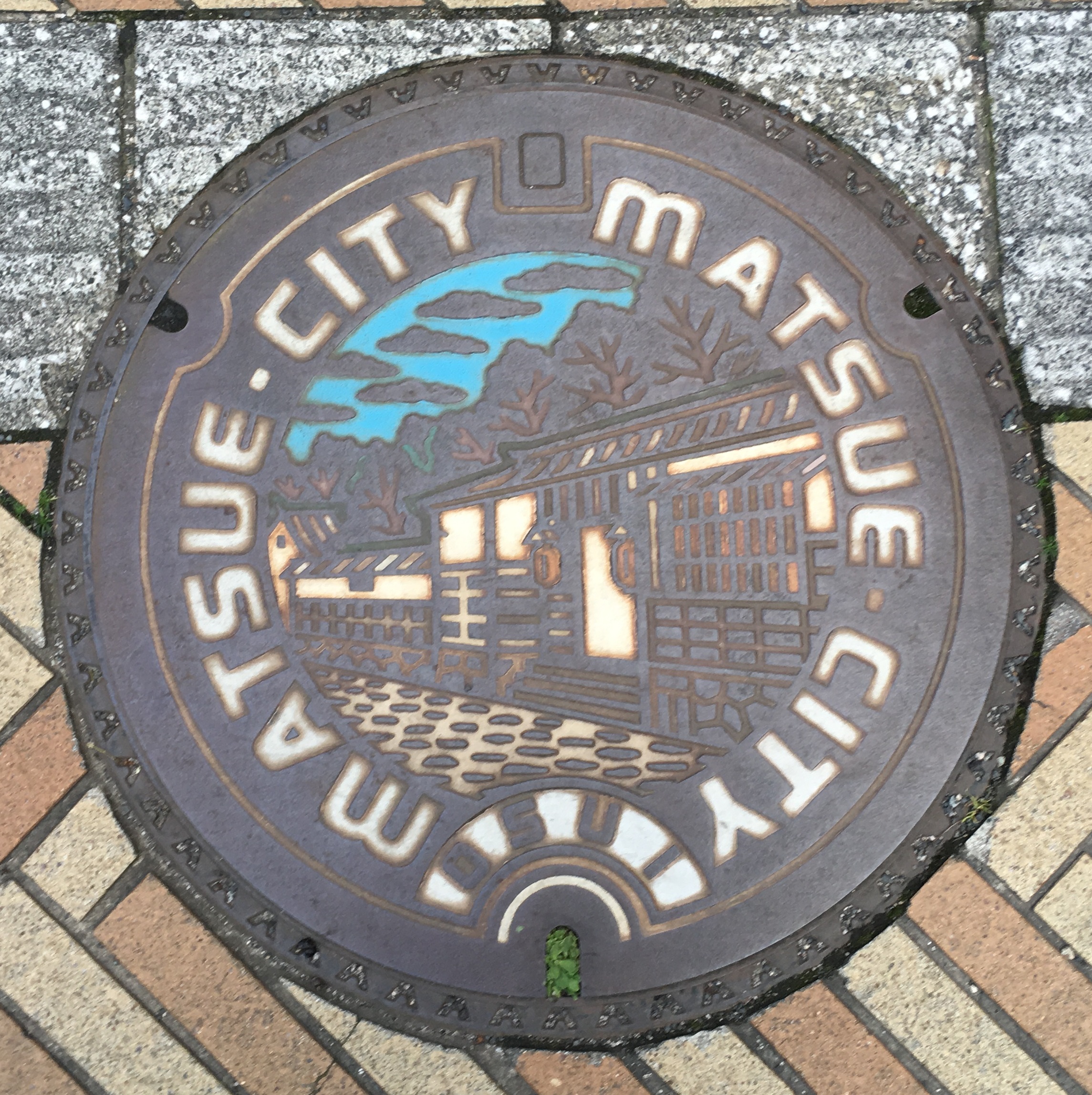

Leave a comment